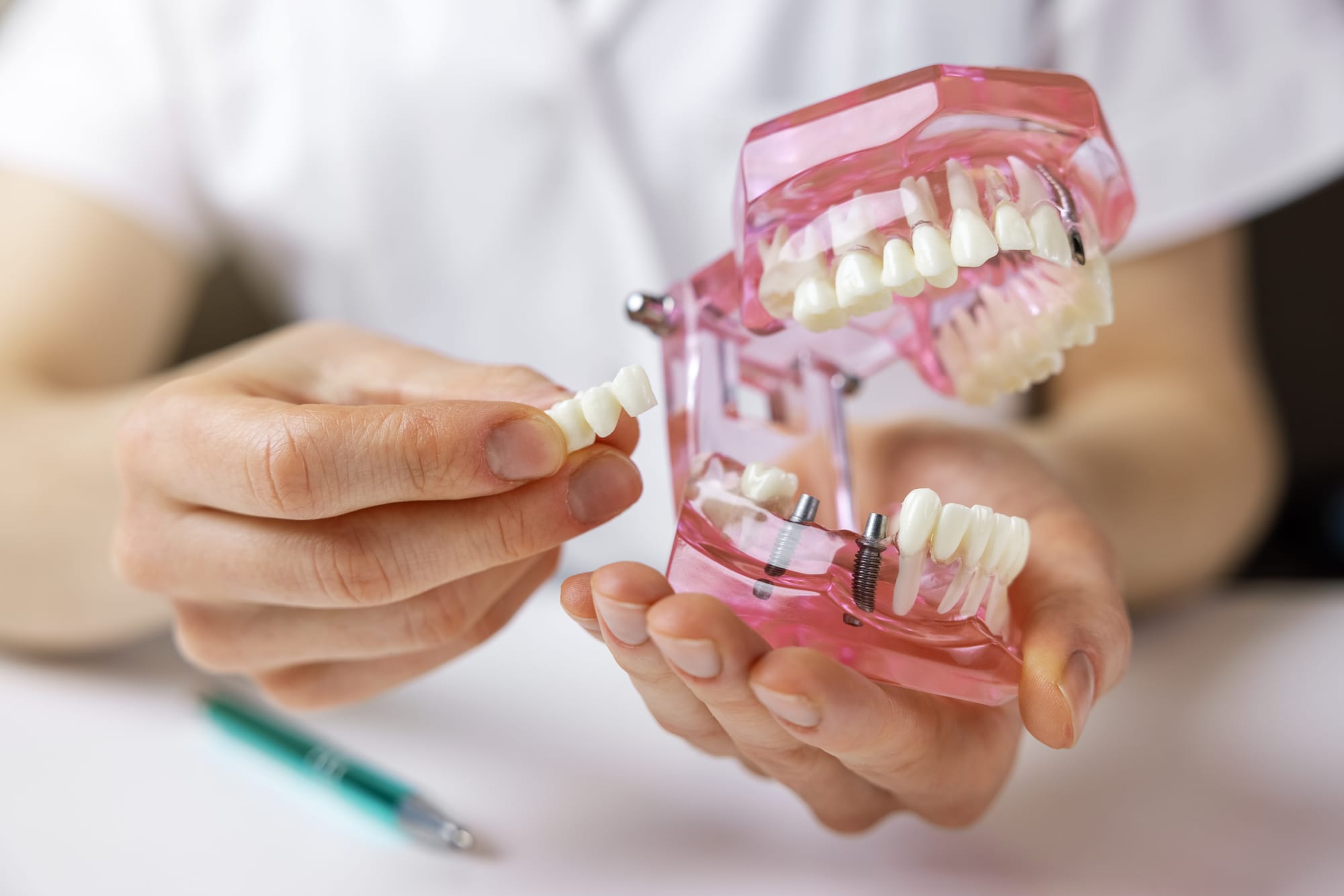
Loss of a tooth can be a distressing situation not only emotionally, but also functionally. It can affect one’s ability to chew, speak, and smile confidently. Moreover, it can lead to other dental health issues if left untreated. Thankfully, there are several options available for replacing missing teeth. In this article, we will delve into a comparative analysis between two prominent solutions: dental implants and bridges, often referred to simply as "bridges".
Understanding Your Options
First, it’s crucial to understand what these treatments entail. Dental implants are fixtures that are inserted into the jawbone, acting as a replacement for the root of the missing tooth and providing support for prosthetics like crowns. This option is preferred for its durability and the fact that it preserves bone health. On the other hand, a bridge often involves preparing the adjacent teeth that will support the prosthesis and spans the space where the teeth are missing.
The Advantages of Dental Implants
Dental implants are renowned for their long-term benefits and effectiveness. The primary advantage of implants is their ability to function independently without affecting the adjacent natural teeth. Since implants integrate into the bone structure, they provide stability that mimics natural tooth roots, thus allowing for more natural tooth function. Additionally, implants prevent bone deterioration that typically occurs with tooth loss, maintaining the facial structure integrity.
The Case for Bridges
Bridges, contrarily, are a different type of restoration. They involve anchoring onto existing teeth or, in some innovations, implants themselves serve as anchors. The major advantage of dental bridges is the lower initial cost and the shorter process period compared to implants. They also require a less invasive procedure initially, as there is no need for surgery as with dental implants. Bridges are particularly effective in situations where the adjoining teeth would benefit from a crown anyway.
Comparative Insights: Durability
When comparing durability, dental implants often come out ahead. While bridges can last anywhere from 5 to 15 years, dental implants, if cared for properly, can last a lifetime. This longevity of dental implants is grounded in their integration with the jaw bone, which provides a stable base that does not degrade over time.
Comparative Insights: Cost Effectiveness
Concerning costs, the initial investment in dental implants is higher compared to bridges. However, it’s imperative to consider the long-term perspective. Given that implants can last a lifetime with proper maintenance, they may be more cost-effective in the long run. Bridges, while less expensive upfront, might need replacements throughout the lifetime, which could result in higher cumulative costs.
Comparative Insights: Aesthetic and Functional Considerations
Aesthetically, both implants and bridges can achieve a look that imitates natural teeth. However, implants provide a slight edge in preserving the natural appearance, as they prevent the gum and bone from receding, which is a common issue following tooth loss. Functionally, implants allow for easier access between teeth, aiding in effective cleaning. Conversely, bridges can foster challenges in oral hygiene since they require special flossers to manage the space under the bridge.
Medical Suitability
Not everyone is an ideal candidate for dental implants. The success of implants depends significantly on the bone density and health of the individual. Patients with inadequate bone mass or those who have certain health conditions that impede bone growth may not be suitable for implants without additional procedures such as bone grafts. Bridges, while less dependent on the bone structure, still require healthy abutment teeth to anchor effectively.
Patient Experience and Recovery
The treatment and recovery experiences also contrast considerably. Dental implants require a longer and more involved healing process, which includes osseointegration (integration of the implant with bone). This process can take several months, but it results in a stable and enduring solution. On the flipside, getting a bridge can be a relatively quicker process, usually requiring no more than a few weeks to adapt and recover from.
The Decision-Making Process
Deciding between dental implants and bridges depends on several factors, including individual medical suitability, cost considerations, long-term health of oral tissues, and personal preferences regarding recovery time and maintenance efforts. Consulting with a qualified dental professional who can assess oral health and bone density is critical in making this decision.
Conclusion
Navigating the world of missing tooth replacement options, dental implants, and bridges both offer viable solutions with distinct features and benefits. Understanding these can help individuals make informed decisions that align with their dental health needs and lifestyle preferences. While bridges might be suitable for someone looking for a quicker and less invasive solution at a lower initial cost, dental implants are generally favored for their long-term benefits, especially for those looking for a more permanent solution. Ultimately, a consultation with a dental professional will provide the guidance necessary to choose the best option.
By carefully weighing these aspects and the comparative insight provided, patients can make well-informed decisions about their dental health, leading to improved outcomes and overall satisfaction in solving the challenge of missing teeth.